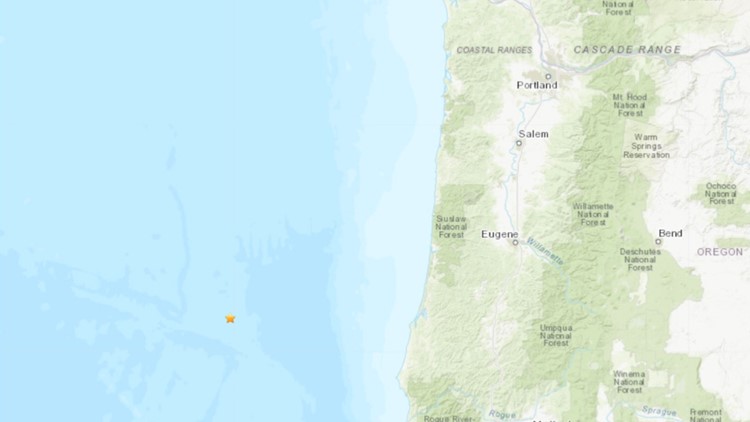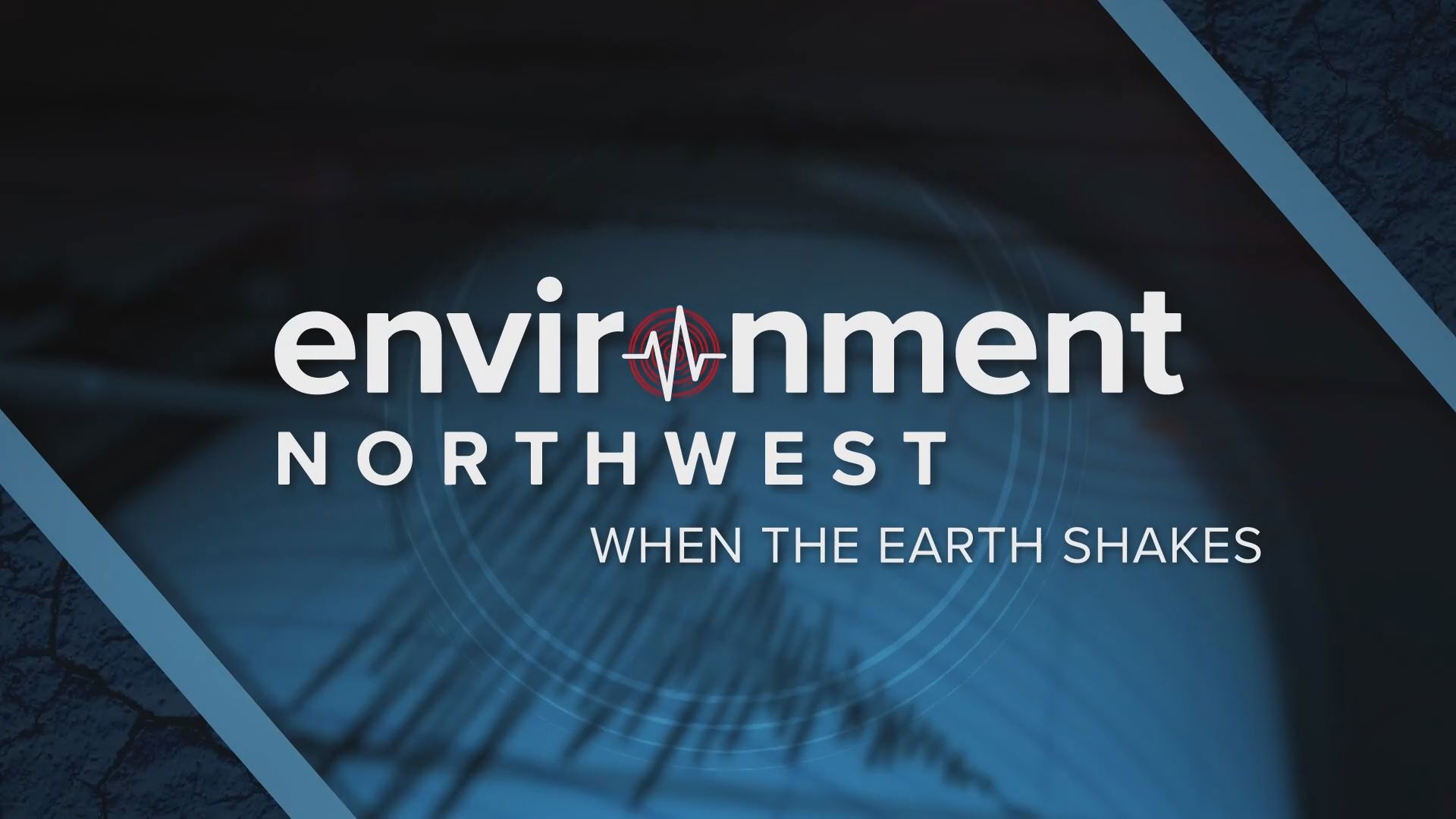COOS BAY, Ore. — A magnitude 4.5 earthquake struck at about 7:42 a.m. Friday morning off the Oregon coast, according to data from the United States Geological Survey.
The epicenter was about 120 miles west of Coos Bay, at a depth of about 7 miles. There was no tsunami threat from the quake, according to the National Weather Service, and no warnings, watches or advisories were issued.
A magnitude of 4.5 is powerful enough to cause noticeable shaking if it occurs on land — in fact, 4.5 is the minimum magnitude to trigger a warning notification on some cell phones and apps through the ShakeAlert system, although there's a higher 5.0 threshold to trigger a broader wireless emergency alert.
However, the notifications are only triggered for people who are physically close enough to the epicenter be impacted by shaking. In the case of Friday's earthquake, there were no notifications because it was too far out from the coast to be felt by anyone; the USGS page said no one reported feeling it.
The ShakeAlert system went live in Oregon and Washington last year after previously launching in California. It was created by the USGS and is intended to provide provide a public warning in the affected area before an earthquake strikes, particularly the forecasted "big one" in the Pacific Northwest.
Seismic events produce two kinds of energy, P-waves (primary) and S-waves (secondary). The S-waves are the ones that tend to cause strong shaking and damage, according to the ShakeAlert website, but the P-waves travel faster and arrive first, creating a narrow window of time for an early warning.
ShakeAlert uses a network of sensors to detect P-waves and calculate the location of the quake and the strength of the incoming S-waves. If the quake is powerful enough, an alert will be automatically triggered for the affected areas, providing critical seconds of advance warning.



